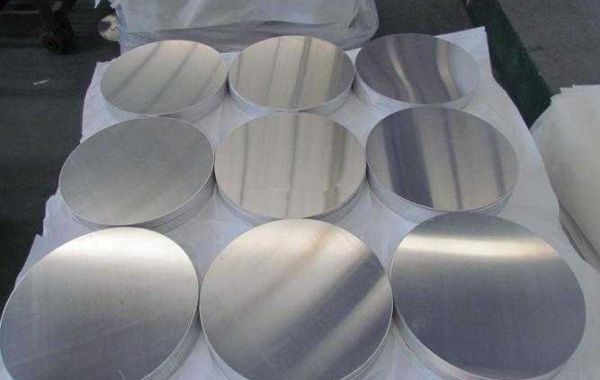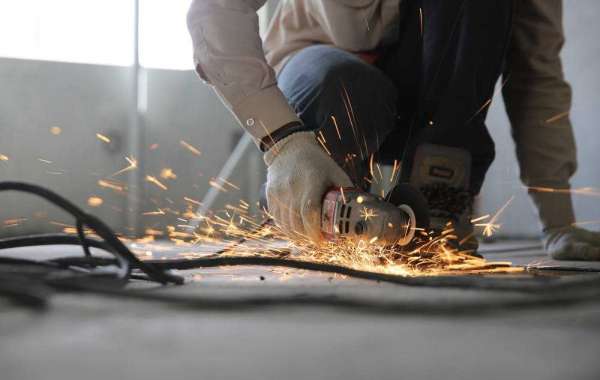From the cookware in your kitchen to the industrial parts in factories, 3003 aluminum circles have quietly become a staple in countless applications. What makes this aluminum-manganese alloy so widely used? Its unique blend of strength, formability, and cost-effectiveness allows it to shine in both everyday and specialized scenarios. Let’s explore where these versatile circular aluminum pieces make their mark.
1. Kitchenware: The Backbone of Daily Cooking
One of the most common places to find 3003 aluminum circles is in your kitchen. Their excellent thermal conductivity ensures even heat distribution, a must for cookware that avoids hot spots.
- Pots and pans: Whether it’s a non-stick frying pan or a stainless-steel clad saucepan, 3003 aluminum circles form the core of many cookware pieces. Their malleability allows manufacturers to shape them into deep bowls or flat surfaces, while their resistance to warping under high heat ensures durability.
- Small appliance interiors:Inner pot of rice cooker,pressure cooker liners, and even coffee maker heating plates rely on 3003 aluminum. Its food-safe properties (compliant with FDA standards) and ability to withstand repeated use make it ideal for direct contact with food.
2. Home Appliances: Balancing Function and Aesthetics
Beyond the kitchen, 3003 aluminum circles play key roles in home appliances, where lightweight design and longevity are priorities.
- Appliance casings: Microwave door frames, toaster exteriors, and air conditioner panels often use 3003 aluminum. It offers a smooth surface that can be painted or anodized to match appliance designs, while its corrosion resistance keeps these parts looking new for years.
- Lighting components: Lamp bases and fixture frames benefit from the alloy’s low weight and ease of 加工 (fabrication). When paired with decorative finishes, 3003 aluminum circles add a sleek, modern touch to home lighting.
3. Industrial and Outdoor Uses: Durability in Demanding Environments
3003 aluminum circles aren’t limited to indoor use—their strength and weather resistance make them valuable in harsher settings.
- Transportation parts: From bus handrail bases to truck dashboard components, 3003 aluminum circles provide a lightweight alternative to steel, reducing vehicle weight without sacrificing structural integrity.
- Outdoor signage: Road signs, parking lot markers, and construction site boards often use 3003 aluminum. Its ability to withstand rain, UV rays, and temperature fluctuations ensures these signs remain readable and intact for years.
- Mechanical components: Valves, gaskets, and small machine parts rely on the alloy’s resistance to pressure and wear. Its weldability also allows it to be easily joined with other metals, expanding its industrial utility.
Why 3003 Aluminum Circles Stand Out
What sets 3003 aluminum apart from other alloys? Unlike pure aluminum, which is too soft for heavy use, the addition of manganese gives it enhanced strength. Yet, it remains more formable than high-strength alloys, making it easier to stamp, bend, or deep-draw into complex shapes. This balance of properties, combined with its affordability, explains its widespread adoption.
For those seeking reliable 3003 aluminum circles for their projects, whether for cookware production or industrial parts, exploring trusted suppliers can ensure quality and consistency. Learn more about how this versatile material can elevate your products by visiting the resource here.You can discover how this adaptable material can enhance your products by exploring detailed insights and specifications.
In every application, 3003 aluminum circles prove that the best materials are those that adapt to diverse needs—quietly supporting functionality, durability, and innovation across industries.








